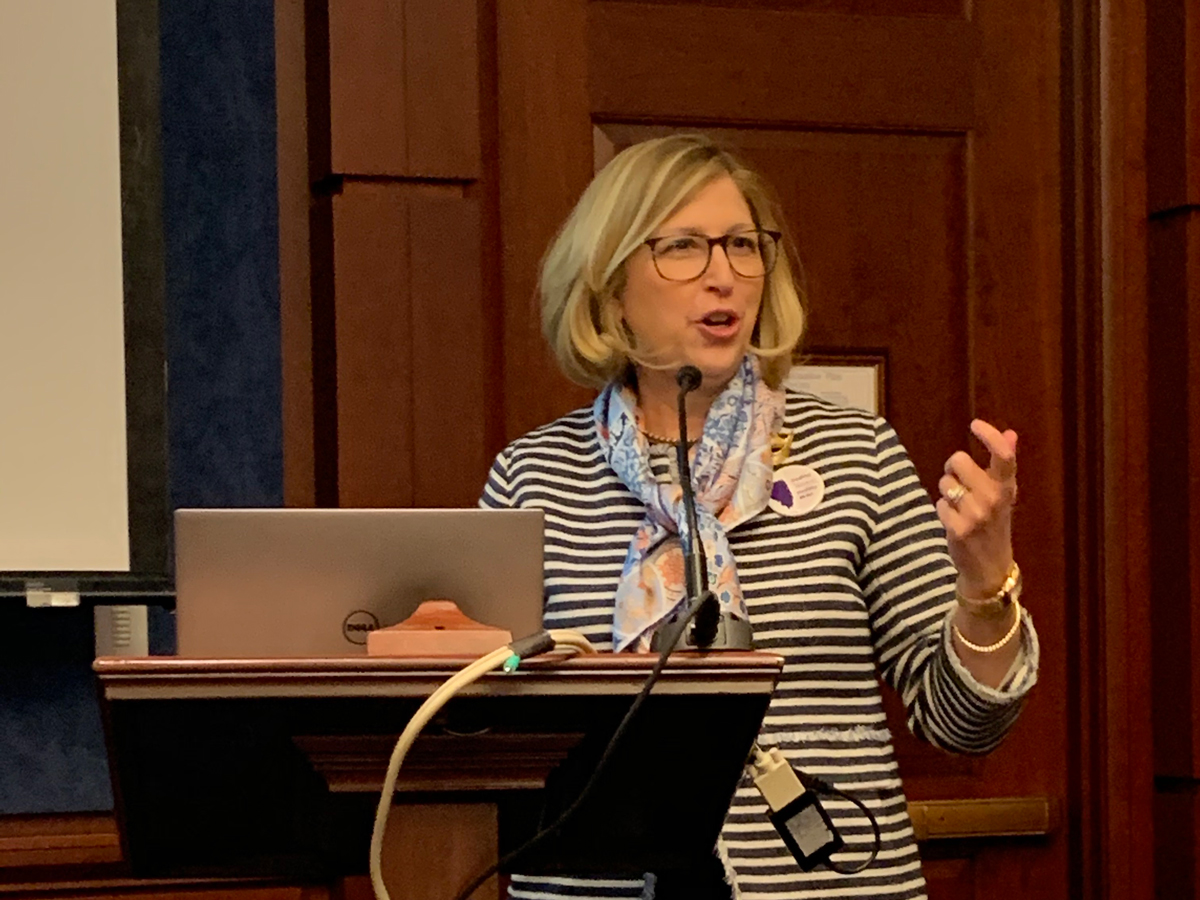Thirty years ago, if you read through a scientific journal, the majority of the research would have included exclusively male subjects. Alternatively, many studies might not have mentioned the sex or gender of the subjects at all, meaning that the research was also very likely conducted solely in males.
At that time, scientists actively excluded women and female animals from research, and this injustice was the catalyst that led to SWHR’s creation to advocate for the inclusion of women in clinical research and for the study of sex differences in health and disease.
Although Congress passed a law in 1993 requiring the inclusion of women in government-funded clinical research, it wasn’t until January 2016 that the National Institutes of Health (NIH) began requiring researchers to consider sex as a biological variable (SABV) in their preclinical work in animals, tissues, and cells.
“If the starting point of our clinical pipeline doesn’t include sex as a biological variable, that means, on average, many of the drugs that make it to market will have more adverse events in women,” said Teresa K. Woodruff, PhD, founder and director of the Women’s Health Research Institute at Northwestern University.
“If the starting point of our clinical pipeline doesn’t include sex as a biological variable #SABV that means on average many of those drugs that make it to market will have more adverse events in women” — @teresakwoodruff says. #womenshealthresearch pic.twitter.com/5yWpKNcIum
— SWHR (@SWHR) January 14, 2020
Woodruff spoke at a recent congressional briefing, Rock Stars of Research: Scientists Who Are Shaping the Future of Women’s Health Care, hosted by the Endocrine Society, to raise awareness of the value of including sex and gender as variables in scientific research. Other speakers included Janine Austin Clayton, MD, director of the NIH Office of Research on Women’s Health, and Hadine Joffe, MD, executive director of the Mary Horrigan Connors Center for Women’s Health and Gender Biology at Brigham and Women’s Hospital.
Dr. Hadine Joffe of @brighamwomens says that if we understudy women in the early phases of research, we set ourselves up to follow a male-dominated model.
#womenshealthresearch pic.twitter.com/koFLi2hP1e— SWHR (@SWHR) January 14, 2020
The briefing honored Women’s Health Research Day, January 25, the day that NIH’s SABV policy took effect, and emphasized the importance of including sex as a biological variable in biomedical and clinical research for the advancement of women’s health and well-being. The NIH policy was a groundbreaking development for the health of women. Because of research that incorporates and analyzes sex as a biological variable, we are beginning to understand why certain conditions, disorders, and diseases occur disproportionately in women and/or affect women and men differently.
“We want to see a world where sex and gender are integrated across the biomedical research spectrum,” says @JanineClaytonMD @NIH_ORWH #womenshealthresearch pic.twitter.com/ck2SrPgerh
— SWHR (@SWHR) January 14, 2020
“Studying both sexes leads to better science and better health for everyone,” Clayton said at the briefing.
Learn more about the history of women’s health research and sex and gender differences in research here.
